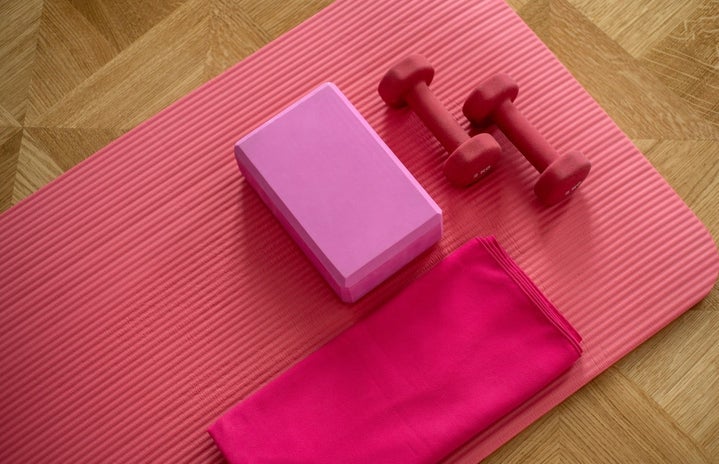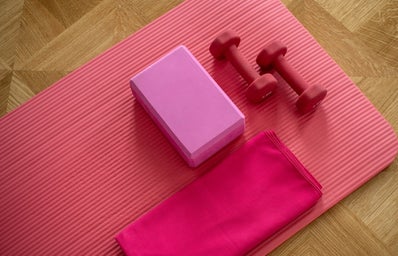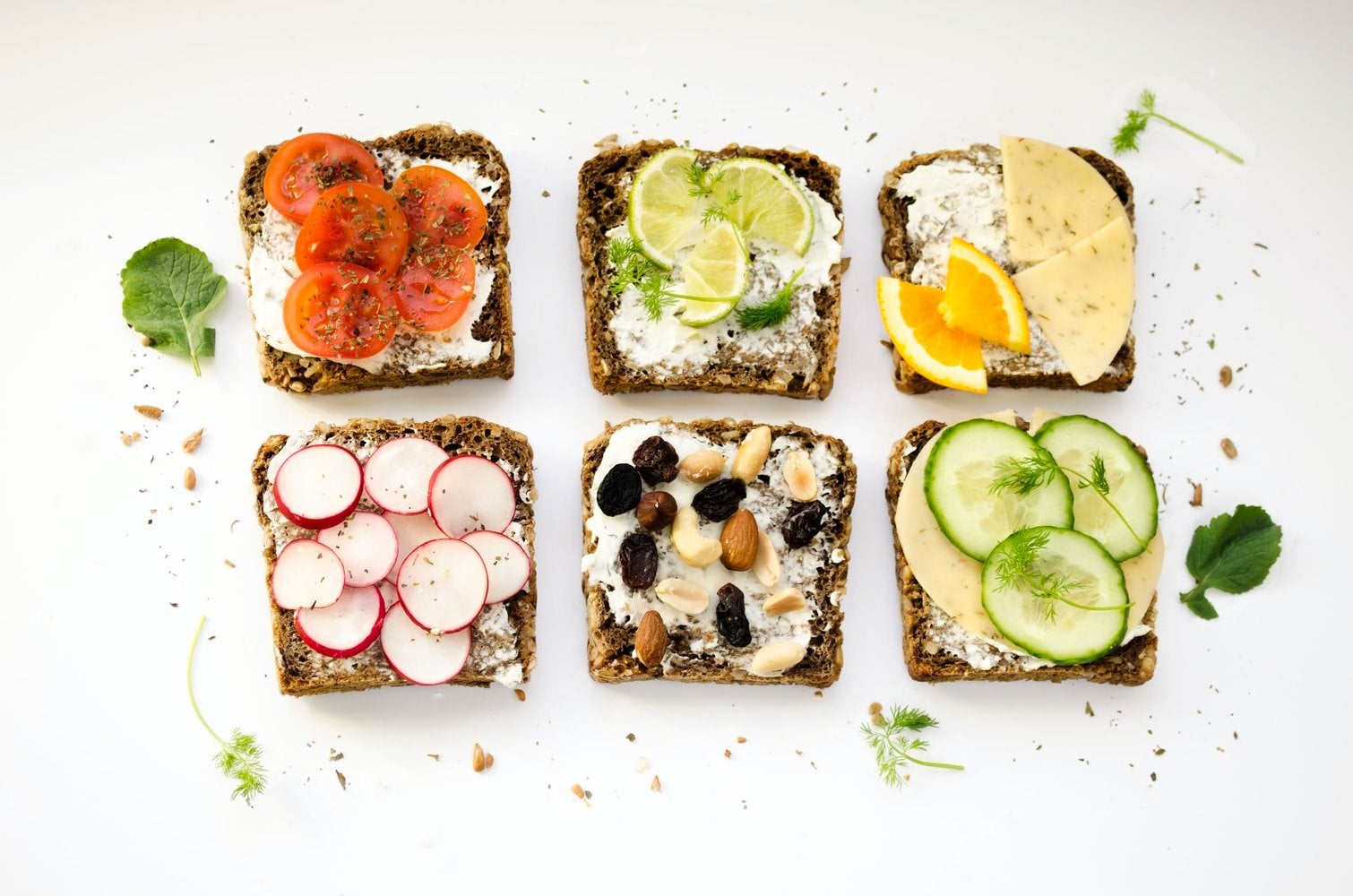This article mentions eating disorders.
Influencers. You know them, you love to hate them.
More than a decade into the advent of social media, the influencer–the newest phenomenon in advertising methods–has branched out into countless “niches” to make sure that no matter who you are, you’re going to be sold something. Some influencers’ content revolves around gaming. Some influencers focus solely on fashion–while others are always jetting off to some exotic location to sell travel “necessities”.
One genre of influencer that has been particularly dominating is the wellness influencer. At first glance, these influencers seem harmless, or even positive–they’re always preaching the importance of good food, fitness, and mental health practices like meditation or deep breathing. Their “day in the life” videos start with a quick and easy seven-mile run at 4:00 a.m. and end with a perfectly cooked and balanced meal and there’s always, always some sort of beverage that you had never heard of before. What the h*ll is a collagen chai?
But, as with all things social media, there could be a dark, jaded, and ugly side of the wellness influencer. Promoting eating habits on social media can be a slippery slope towards disordered eating, whether for yourself or your followers. If you are not a licensed professional in some sort of fitness, your advice may end up in someone getting hurt.
The juxtaposition of someone marketed as all things healthy and good and clean with the potentially nasty effects of their actions fascinated me, so I set out to explore their world a bit more. How realistic are these wellness influencers’ lives? How do they feel about their influencing lifestyle? How harmful is it?
My experiment was to recreate the life of a wellness influencer. While I am not going to name any specific influencers that I tried to mimic, as I do not want to blast any public figures who might have good intentions, I got most of the criteria for these influencers’ lives from this list.
From my “research” (scrolling through countless Instagram pages of recipes, yoga positions, and meditation guidance), I established three criteria for a week of wellness.
- Food: I had to make at least one recipe a day that followed “healthy” standards, and that I would be willing to post on social media if my livelihood depended on my image as a health guru.
- Exercise: I had to work out at least once a day.
- Content: I had to create one piece of content that I would be willing to share with all of my followers on my personal page. I decided not to post these for several reasons. One, I am trying to wean myself off of Instagram and did not want to sacrifice my mental health for this experiment. Two, no one who follows me signed up for wellness content from me–so I settled on scrutinizing my fake content the way I would any other post I was posting. Do I like how I look in it? Do I like how it fits with my feed?
- I would note anything I did in this week that a wellness influencer would not want to be publicized, lest it tarnish their image.
It’s important to note that while I am in no means perfect, I was not starting from scratch with these criteria. I live in the healthiest city in the United States and am surrounded by health food stores and workout studios, and plenty of outdoor fitness options. I like to cook and have some healthy recipes in my toolkit, and I work out 3 or more times a week already. My goal was not to live a more wellness-centered life this week, but to see how criteria number three (content creation), and the pressure of living up to the wellness influencer image, would affect my motivation to do healthy activities I already incorporate into my life.
I also am a full-time college student, work 2 part-time jobs that take up about 20 hours a week, and run a club on campus that I devote a couple of hours a day to–and I try to maintain some sort of social life on top of that. I know wellness influencers don’t have the schedule I do, but they don’t necessarily make it common knowledge that they have 5 hours a day to work out. So, with that in mind, my results were not perfect, by any means.
Food
As I said, I’m not new to cooking meals that are meant to be healthy and fulfilling. My roommate and I usually have at least some fruit and veggie options in the fridge, which made this rule for the week a lot easier.
My recipes varied from protein smoothies to chicken and vegetable stir-fry, but I ran into a couple of problems.
The first was that the week I was doing this challenge was the week before I needed to make a grocery store run, so I had to get a little creative with food. By the end of the week, I was tired of having to think of recipes to make with my barren fridge, so I ended up making some less-healthy meals and just trying to snack on whatever stray carrot or apple we had lying around.
The other issue was a bit more of a moral dilemma. No matter what I did, I did not feel willing to share what I was eating on social media–even though the content I was “making” was fake. I know how many of my friends and followers, mostly women my age, have struggled with eating disorders and body image, and I couldn’t imagine a world where me posting my protein smoothie and toast with the caption “breakfast!” would help anyone. While I did shove a bunch of nutrients into said smoothie, and calculated if it would be enough to feed my body, it was for my body, not anyone else’s.
It was the same with every recipe. I was nervous about my portions and meals seeming like too little or too much–as much as I didn’t want to hurt anyone else, I also didn’t really want my eating choices to be perceived in any way other than positive, but I had no control over others’ perceptions. Overall, the food portion of this challenge was the most frustrating and pressure-packed–not because I struggled to create healthy options, but because of the content creation aspect. I’ve been on the other side of watching wellness influencers’ “What I eat in a day”, and have been left feeling inadequate–and I couldn’t solve the puzzle of how to post my meals without creating that for someone else, especially since my eating habits any other week would be much less healthy. It felt like lying.
Workouts
My main issue with the workout challenge was, again, content creation. The yoga studio I go to has a no-phone policy in the studio, and I was not going to take mirror selfies in the locker room while other women were changing. I had two choices for my yoga workouts (which were three of the seven of my workouts for the week)–sneak out of the class halfway through to take mirror selfies in an empty locker room, or take pictures before or after the workout.
Neither were perfect. Sneaking out of the class to take selfies felt conceited, and when I did it, it completely disrupted my workout, which was going against the “wellness” I was trying to achieve. Taking pictures before the class made my self-image worse. Trying to take pictures I would post on Instagram naturally resulted in picking apart every part of my outfit, body, pose, etc. in the pictures I took made me unconfident and uninspired before my workout. If I took them after, I was sweaty, and still picked apart the photos, ruining any feeling of strength or confidence I had just achieved. I can’t imagine the pressure if I had millions of followers instead of just posting my content for my friends and family.
I also do not really have the time for seven workouts a week, and one of my jobs is pretty physically intensive–as a swim instructor, I tread water for about one hour total every shift and swim laps alongside my private clients. It was exhausting to have a long shift and know I would have to go for a run immediately after. So, admittedly, two workout days included a defeated “I guess I’ll count my walk to class as a workout if I go faster than usual” mindset.
Discrepancies
What was unknown to me before I did this experiment was just how much I did that I would want to keep secret if I were a fitness influencer. What was previously normal behavior became shameful for me, and once again–the feeling of shame was not what I was going for in this week of wellness.
For one, I ate more cheese quesadillas than I would like to admit this week. My fridge was empty. I did not have many other options. They’re quick to make, they’re tasty…what can I say? I will wear my cheese quesadilla-connoisseur badge proudly for this article, but during the week, I felt guilty trying to make content on the healthy wrap I made, knowing I was going to have my fifth quesadilla of the week for dinner that night.
As for the working out: in all the mirror selfies I took, my hair was always in cute braids, or I was sporting a fancy, complicated, strappy top. The braids fell out the first downward dog I did, and I stripped off the strappy top to be in a sports bra almost immediately as well, out of frustrated discomfort.
There’s also the cost factor. I’m fortunate enough to be able to have a $118 monthly yoga membership, and this made the workout criteria significantly easier. I have a gym pass that comes with my college tuition as well, which is great, but I don’t need to tell you how costly college tuition is. Even running, which comes off as a seemingly cheap fitness method, requires decent shoes–unless you want to spend thousands on physical therapy after you roll an ankle. Wellness influencers can do cost breakdowns, but that’s not the main idea of their content–and I didn’t consider the costs they must put into their workout outfits and memberships, and their healthy meals, until this week.
I wish I was walking away with a clear-cut opinion on wellness influencers, but if anything, I’m more confused. For one thing, their lack of transparency (whether it be the monetary cost of wellness or the amount of time it takes to take a perfectly effortless mirror selfie) combined with the “I’m healthier than you are” tone that’s almost unavoidable when posting a protein smoothie leaves a bad taste in my mouth. I’m not going to be following any wellness influencers anytime soon.
On the other hand, the things they’re promoting–eating healthier, taking time to move your body, etc.–are incredibly important. This week, I never hated working out or eating healthy. What I hated was the content creation–and I have a newfound respect for the sacrifice these influencers are making in the name of promoting healthy lifestyles. I can’t assume their intentions are all good, but I can’t assume they’re all bad either. If some out there genuinely want to promote body positivity, mental health care, and inspire others, and they’re putting up with the annoyances I ran into with content creation? Good for them. I can appreciate that.
Wellness influencing? It’s not for me, and I don’t know if I’m ever going to take a workout mirror selfie again (or eat a quesadilla, but that’s neither here nor there), but I did learn a lot about what goes on behind the scenes of these people’s lives. Readers, know that there’s a burdened weight behind every yoga video and salad picture and that even though they’re promoting their lifestyle–it’s not necessarily a lifestyle you’d want to live.




